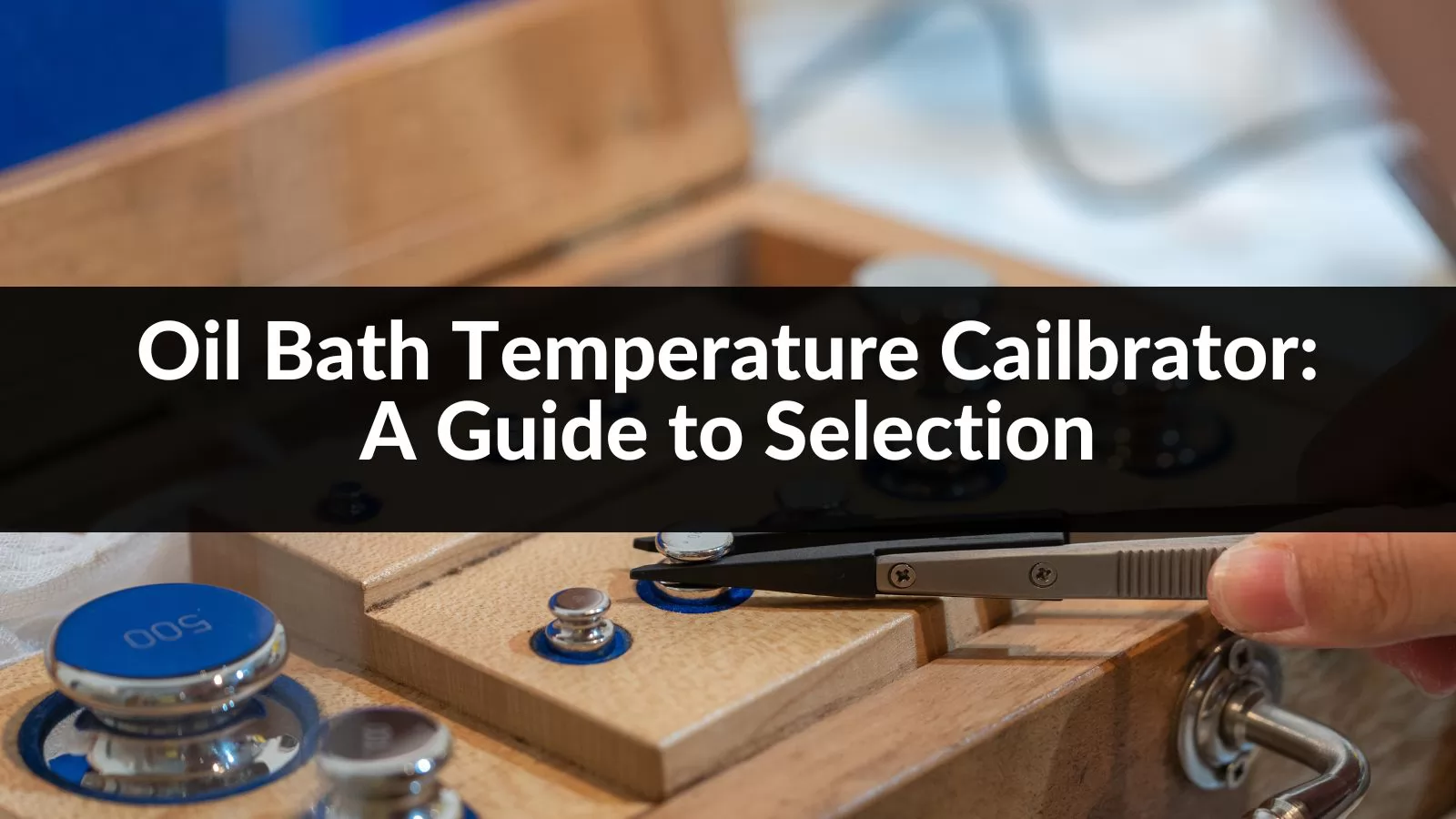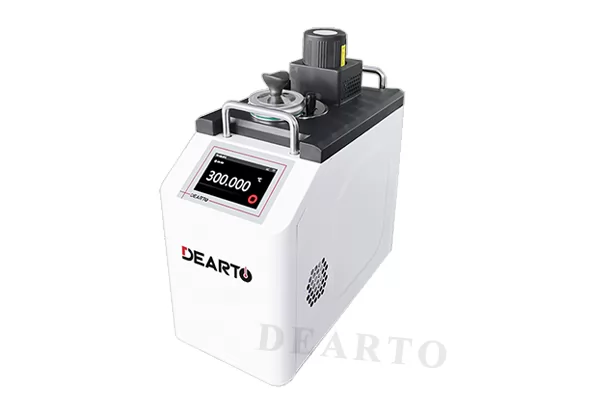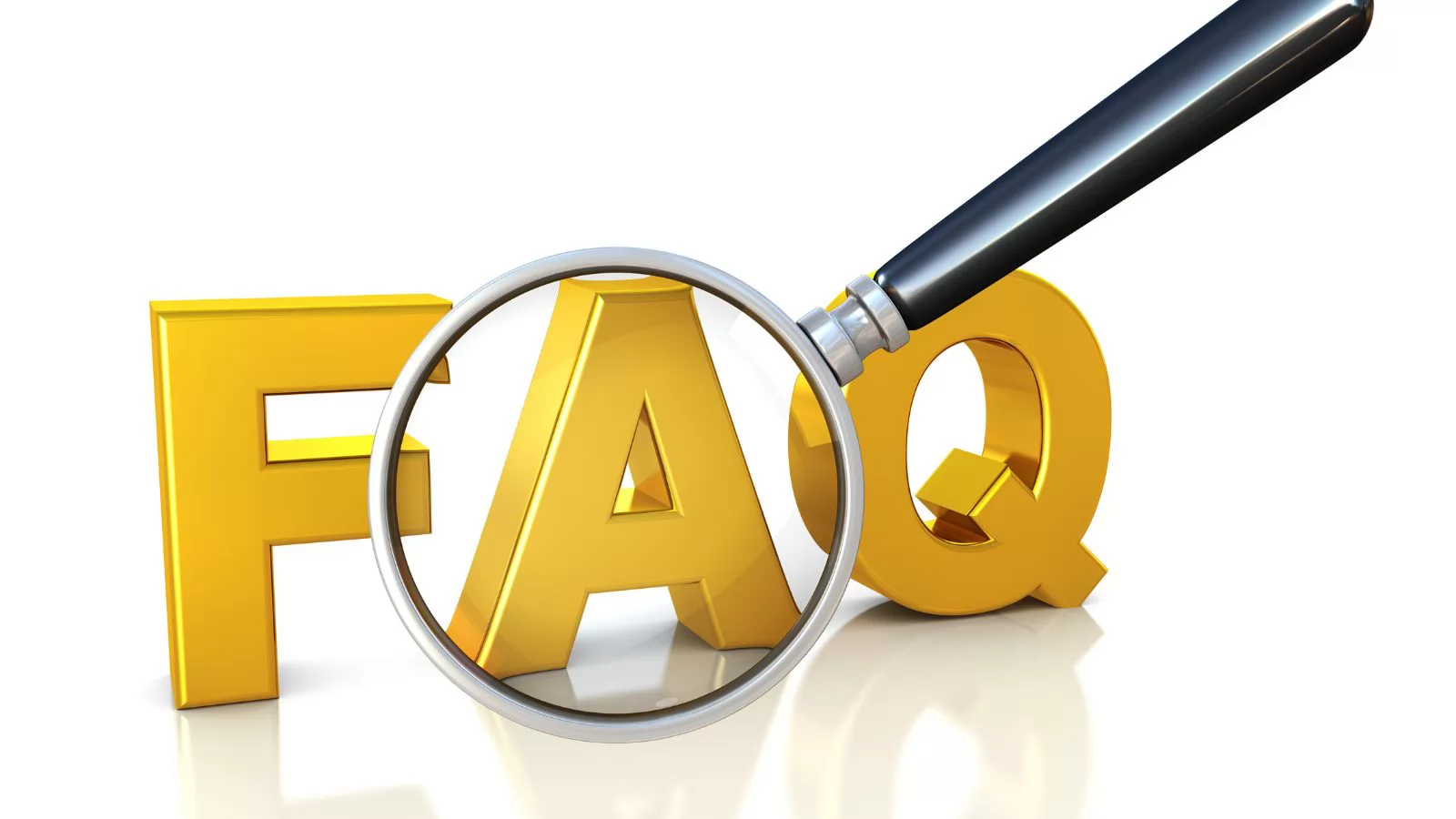
An oil bath temperature calibrator is a precise instrument used to calibrate a wide range of temperature sensors. They are widely used in laboratory, industrial, and research settings. Selecting the right oil bath temperature calibrator is crucial to ensuring the accuracy of your temperature measurements.
1.Understanding Oil Bath Temperature Calibrators

Oil bath temperature calibrators are specialized devices designed to provide precise and stable temperature environments for calibrating temperature sensors and instruments. They utilize high-quality oils with excellent thermal conductivity and stability to achieve and maintain accurate temperature readings with minimal temperature gradients.
2.Key Considerations for Selection
When selecting an oil bath temperature calibrator, several factors should be taken into account:
1.Temperature Range: Ensure that the calibrator can reach and maintain the temperature range required for calibrating your temperature sensors and instruments, considering both the minimum and maximum temperature requirements.
2.Stability and Uniformity: Look for calibrators with excellent temperature stability and uniformity across the calibration zone to ensure consistent calibration results.
3.Immersion Depth: Choose a calibrator with an appropriate immersion depth to fully immerse the temperature sensors and instruments during calibration, ensuring accurate temperature measurements.
4.Accuracy and Resolution: Consider the accuracy and resolution of temperature control and measurement capabilities, as precise temperature control is essential for reliable calibration.
5.Safety Features: Verify the presence of safety features such as overtemperature protection and insulation to prevent accidents and ensure operator safety during calibration procedures.
3.Additional Features and Options
Some oil bath temperature calibrators may offer additional features and options to enhance usability and functionality, including:
1.Data Logging: Calibrators equipped with data logging capabilities enable the storage and analysis of calibration data, facilitating quality control and compliance with regulatory standards.
2.External Control: Certain calibrators may provide options for external control and connectivity, allowing integration with external devices such as computers or data acquisition systems for remote monitoring and control.
3.Calibration Standards: Consider calibrators compatible with industry-standard reference standards, ensuring traceability and compliance with calibration protocols.
4.Customization Options: Evaluate whether manufacturers offer customization options such as tailored bath sizes or additional accessories to accommodate specific user requirements.
4.Factors to Consider When Choosing an Oil Bath Temperature Calibrator
1.Temperature Range: The first step is to determine the temperature range you need to calibrate. Oil bath temperature calibrators have a wide temperature range, from -196°C to 1200°C. Consider the specific temperature requirements of your application and choose a calibrator that can meet or exceed those requirements.
2.Accuracy and Stability: Accuracy and stability are the most important factors for any oil bath temperature calibrator. Look for a calibrator with high accuracy (e.g., ±0.01°C) and good temperature stability (e.g., ±0.005°C). This will ensure that your temperature sensors are calibrated to the highest possible standards.
3.Bath Size and Capacity: The size and capacity of the calibrator are also important considerations. Choose a bath that is large enough to accommodate the temperature sensors you need to calibrate. Consider the number of sensors you need to calibrate simultaneously and the size of each sensor.
4.Cooling Method: Oil bath temperature calibrators use various cooling methods, including liquid nitrogen, mechanical refrigeration, and a combination of both. Each method has its own advantages and disadvantages. Consider your specific needs and budget when choosing a cooling method.
5.Additional Features: Some oil bath temperature calibrators offer additional features such as data logging, programmable temperature profiles, and built-in safety features. Consider which features are important to you and choose a calibrator that offers the features you need.
5.Portability and Size
Consider the portability and size of the oil bath temperature calibrator, especially if you require mobility or have limited space in your laboratory or workspace. Opt for a calibrator that strikes a balance between portability and size, ensuring ease of transportation while accommodating your calibration needs.
6.Heating Rate and Response Time
Evaluate the heating rate and response time of the calibrator, as these factors can impact the efficiency and speed of calibration procedures. Choose a calibrator with rapid heating capabilities and quick response times to minimize downtime and expedite calibration processes.
7.FAQs (Frequently Asked Questions)
Q1.What is the calibration interval for oil bath temperature calibrators?
The calibration interval should be determined based on usage frequency and manufacturer recommendations. Typically, it is advised to calibrate oil bath temperature calibrators annually, but in cases where higher accuracy or frequent usage is required, more frequent calibration may be necessary.
Q2.How should used calibration oil be properly handled and disposed of?
Used calibration oil should be handled and disposed of in accordance with local environmental regulations and guidelines. It is recommended to entrust the disposal of used calibration oil to professional waste management services to ensure compliance with environmental requirements.
Q3.Is it necessary to regularly change the oil in oil bath temperature calibrators?
Yes, oil bath temperature calibrators typically require regular oil changes to maintain their performance and accuracy. The frequency of oil changes depends on usage frequency and the condition of the oil, but it is generally recommended to change the calibration oil every 6 months to 1 year.
Q4.What types of temperature sensors can be calibrated using oil bath temperature calibrators?
Oil bath temperature calibrators are typically suitable for various types of temperature sensors, including RTDs, thermocouples, and thermistors. However, it is essential to verify the compatibility of the calibrator with the specific type of sensor before use and to follow the manufacturer's recommendations and guidelines.
Choosing the right oil bath temperature calibrator is crucial for ensuring accurate temperature calibration and reliable performance of temperature sensors and instruments. By considering the key factors outlined in this guide and exploring available features and options, you can select an oil bath temperature calibrator that meets your specific needs, guaranteeing precise temperature calibration for your instruments.
If would like more ,please click here.



